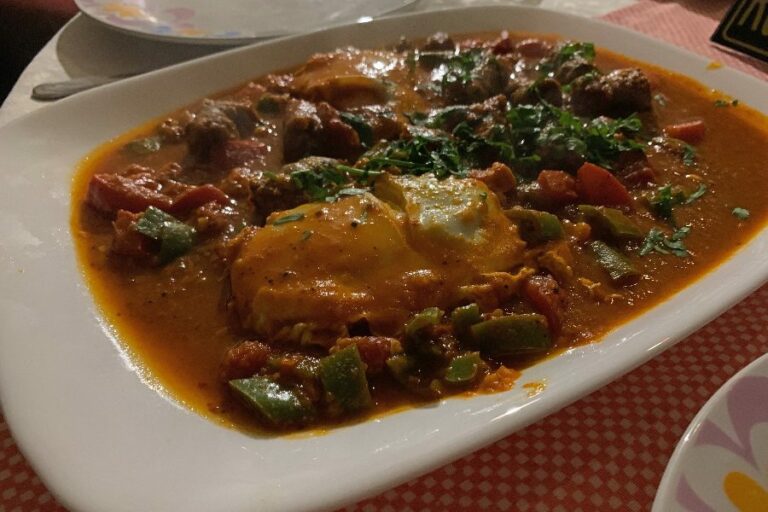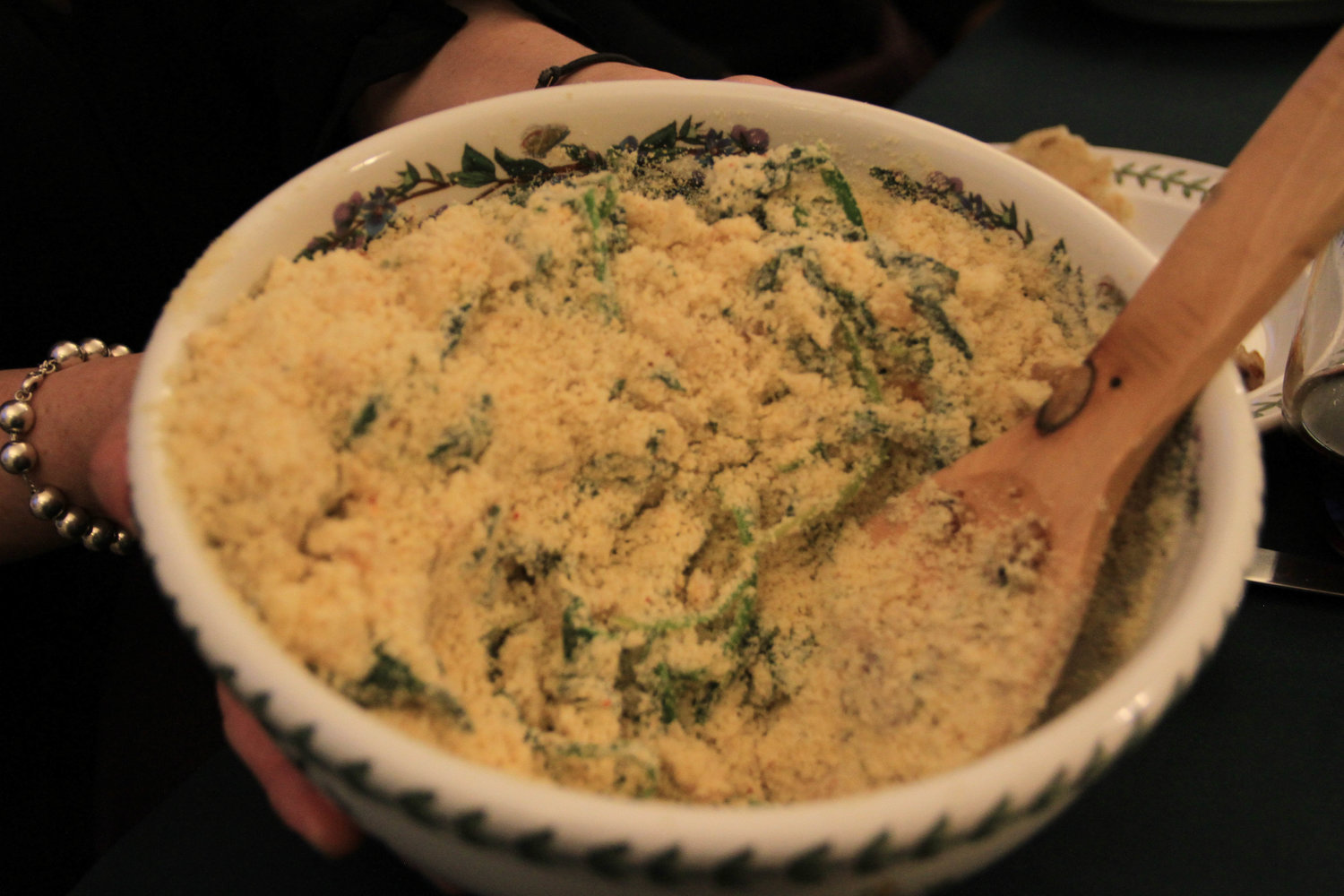Introduction: The Bedouin and Tuareg in Libya
Libya, a country located in North Africa, is known for its diverse cultural heritage. Among the many tribes that have inhabited this region, the Bedouin and Tuareg remain an integral part of Libyan society. The Bedouin are nomadic people who have inhabited the deserts of North Africa for centuries, while the Tuareg are a pastoral group famous for their blue robes and distinctive headwear. Together, these tribes have influenced the customs, traditions, and, most notably, the cuisine of Libya.
Traditional Foods of the Bedouin and Tuareg
The traditional foods of the Bedouin and Tuareg are a reflection of their nomadic lifestyle. These tribes relied on food that was easily available and could withstand the harsh desert conditions. For example, lamb and camel meat are staples in their diet, as they are easy to transport and can survive without refrigeration. Additionally, grains like couscous and millet, along with dried fruits, nuts, and honey, were commonly used in their cuisine.
The Influence of Bedouin and Tuareg Culinary Traditions
The influence of Bedouin and Tuareg culinary traditions can be seen in Libyan cuisine. Many of their cooking techniques, such as roasting meat on an open fire, are still used today. Moreover, Libyan cuisine features several dishes that were originally Bedouin and Tuareg specialties, including makhbous (a dish made with camel meat and vegetables) and harissa (a spicy chili paste made with cumin, garlic, and coriander).
Common Ingredients in Libyan Cuisine
Besides camel and lamb meat, Libyan cuisine also features seafood like prawns, octopus, and squid, which can be found along the country’s extensive coastline. Vegetables such as tomatoes, onions, and eggplants are also commonly used in their dishes. Spices like cumin, coriander, and turmeric are used to add flavor to their cuisine. Bread is a staple food in Libya, and it is often served with dishes like shakshuka (a dish made with tomatoes, eggs, and spices).
Regional Variations in Libyan Cuisine
Libyan cuisine varies from region to region. In the eastern part of the country, fish is a more prominent ingredient, while in the western region, lamb and camel meat are more commonly used. The coastal regions feature dishes like octopus stew and grilled fish, while in the desert regions, couscous and lamb meat are more prevalent.
The Future of Libyan Cuisine and Culture
The future of Libyan cuisine and culture is uncertain, given the political instability that has plagued the country. However, the cultural heritage of the Bedouin and Tuareg tribes remains a vital part of Libyan society. As tourism begins to pick up in the region, there is hope that Libyan cuisine and culture will gain more recognition and appreciation on a global level. By preserving and promoting their traditional dishes, Libya can continue to celebrate its rich cultural heritage.


